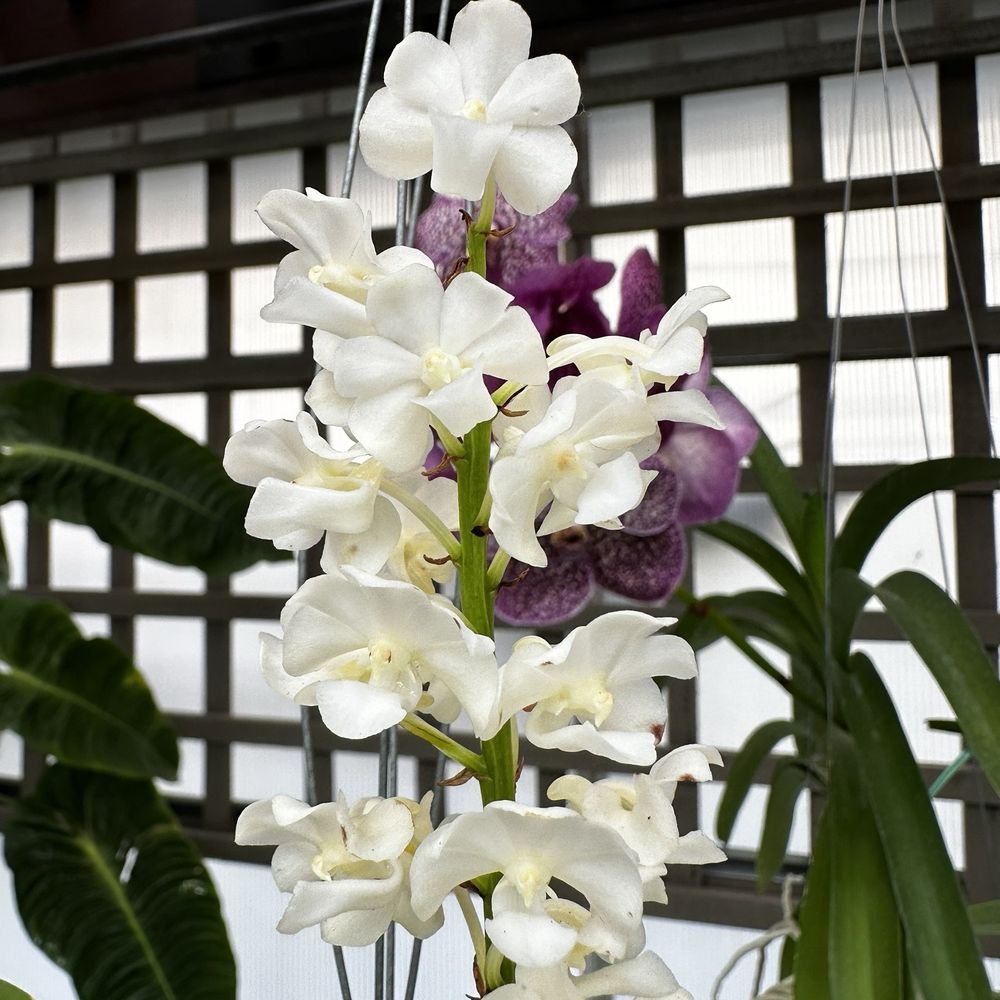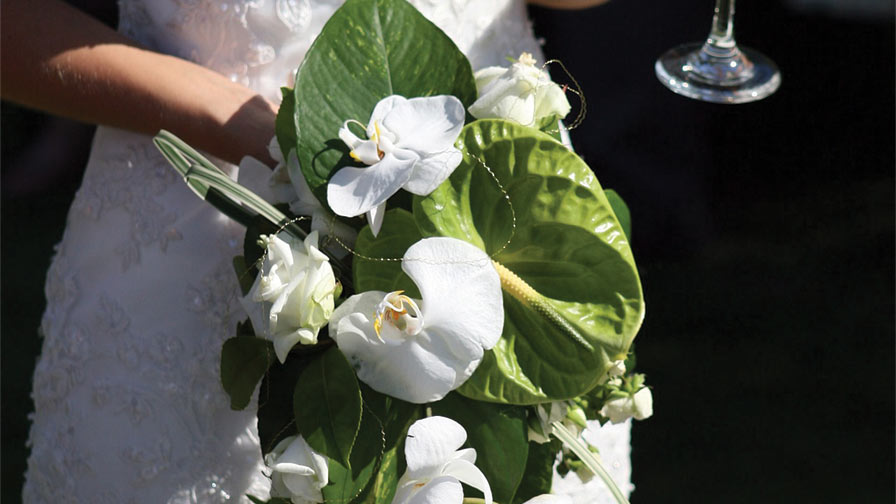Okay, so today I decided to play around with a little business scenario at the farmer’s market. Kialani, my imaginary vendor, was selling orchid and lily plants. Here’s how I set things up and what I learned.
Setting Up the Stall
First, I grabbed some paper and markers – gotta keep it old school, right? I made a quick sign: “Kialani’s Orchids & Lilies.” I even drew some wonky flowers on it for extra flair. Nothing fancy, just something to catch the eye.

Next, I needed “inventory.” So, I pretended I had, let’s say, 10 of each plant. I wrote down those numbers. This was important to keep track of what Kialani was supposed to be selling.
- 10 Orchids
- 10 Lilies
Figuring Out Prices
This was the tricky part. I didn’t want to make it too complicated, so I decided orchids would be a bit pricier. I went with $15 for each orchid and $10 for each lily. I jotted these prices down next to my inventory list.
Running the “Sales”
Now for the fun part! I basically imagined customers coming up and buying plants. I rolled some dice (because why not?) to see how many of each plant each “customer” bought. For every sale, I subtracted the number from my inventory and calculated the “money” Kialani made. I made some notes for some “customers”:
- “Customer 1: Bought 2 orchids and 1 lily. That’s 2 $15 + 1 $10 = $40!”
- “Customer 3: only 1 orchids. 1 $15=$15!
- “Customer 6: grab 4 lilies. 4 $10=$40!
The End Result
After a few rounds of pretend-selling, I checked how many plants were left and how much money Kialani had “earned.” It was a pretty simple exercise, I know and it is easy to do it.
I Subtracted sold out plants number from the inventory and calculated the total price.
It felt like a good way to see the basics of running a small business, even if it was all in my head and on paper. It definitely got me thinking about how many things you have to keep track of, even with something as simple as selling flowers. Maybe next time I’ll add some extra challenges, like different types of lilies or special deals!
